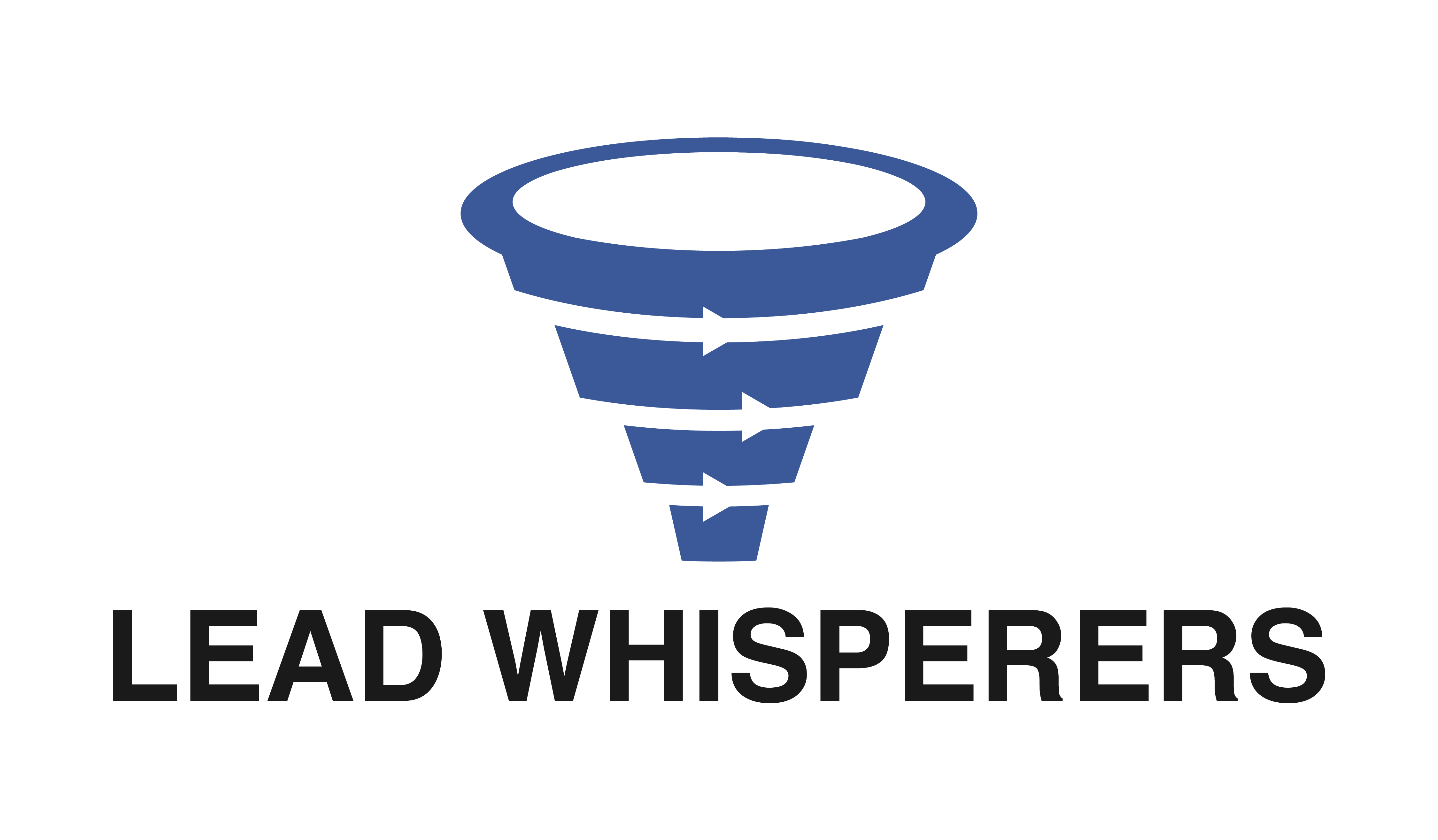In the fast-evolving landscape of digital marketing, video has emerged as one of the most powerful tools for lead generation. According to recent statistics, videos increase conversion rates by up to 80%, and 84% of people are more likely to buy a product or service after watching a brand video. But generating quality leads through video marketing requires a strategic approach that blends creativity, storytelling, and targeting. Here’s how you can leverage video marketing effectively to attract high-quality leads.
1. Understand Your Target Audience
Before creating videos, it’s critical to understand who your audience is and what they need. Define your target demographics, pain points, and preferences. For instance, a B2B software company might focus on creating videos that demonstrate how their tool can streamline operations for managers, while a fitness brand might target individuals looking for effective workout routines.
HubSpot’s YouTube channel is an excellent resource for marketers, offering tutorials, webinars, and how-to videos that address common pain points in digital marketing. These videos not only provide value but also funnel viewers into HubSpot’s lead-generation pipeline.
2. Create High-Value Content
The key to generating quality leads lies in providing value through your videos. Focus on solving problems, educating your audience, or addressing their pain points. Types of high-performing content include:
- Tutorials and How-To Videos: Teach your audience how to solve a specific problem.
- Explainer Videos: Showcase how your product or service works.
- Webinars: Dive deep into a topic while collecting leads through registration.
- Testimonials: Build trust by showcasing customer success stories.
Dropbox’s explainer video became a game-changer. The simple, animated video effectively demonstrated how Dropbox works, leading to a 10% increase in signups and massive growth.
3. Use Strong Calls-to-Action (CTAs)
Your video should guide viewers toward the next step in their journey. A clear and compelling CTA directs your audience to take action, whether it’s downloading a guide, signing up for a demo, or subscribing to your newsletter. Ensure your CTA aligns with the video’s content and is placed prominently within the video or at its end.
Platforms like YouTube allow you to add clickable links directly within the video using end screens or cards, making it easier to capture leads.
4. Leverage Social Media Platforms
Social media platforms are ideal for distributing your videos to a larger audience. Optimize your videos for the platform you’re targeting—short, engaging reels for Instagram and TikTok, professional explainer videos for LinkedIn, and longer, in-depth videos for YouTube.
Airbnb’s Instagram page effectively uses short, visually stunning videos to showcase unique properties and experiences. This not only drives engagement but also encourages potential hosts and travelers to sign up.
5. Optimize for SEO
Ensure your videos are optimized for search engines to increase visibility. Use relevant keywords in your video title, description, and tags. Adding captions and transcripts improves accessibility and enhances your SEO efforts.
Pro tip: Host videos on YouTube, as it’s the world’s second-largest search engine. Pair your video with a detailed description and include links to your website or landing page.
6. Utilize Lead Capture Forms
Integrate lead capture forms into your videos to make it easy for viewers to share their information. Platforms like Wistia, Vidyard, and Vimeo allow you to embed forms directly into your videos.
A SaaS company might create a demo video showcasing its product’s features and include a lead capture form for viewers to request a free trial.
7. Retarget with Personalized Video Campaigns
Retargeting allows you to re-engage viewers who’ve interacted with your videos but didn’t convert. Create personalized videos that address their specific needs or offer additional value.
Nike’s retargeting campaigns often feature personalized videos showcasing products that a user has previously browsed, driving higher conversion rates.
8. Collaborate with Influencers
Influencer marketing can amplify your video campaigns and bring in high-quality leads. Partner with influencers who resonate with your brand and audience. Authentic, value-driven collaborations yield the best results.
Fitness brand Gymshark collaborates with fitness influencers to create workout videos, inspiring their audience and driving traffic to their website.
9. Analyze Performance Metrics
Tracking the performance of your video campaigns is essential to understand what works and what doesn’t. Key metrics to monitor include:
- View count
- Watch time
- Click-through rate (CTR)
- Conversion rate
- Engagement (likes, shares, comments)
Use these insights to refine your strategy and focus on producing videos that deliver results.
10. Align Videos with the Buyer’s Journey
Tailor your videos to each stage of the buyer’s journey:
- Awareness Stage: Create videos that build brand awareness, such as storytelling or educational content.
- Consideration Stage: Offer explainer videos or product comparisons to help viewers evaluate their options.
- Decision Stage: Showcase testimonials, case studies, or free trials to encourage conversions.
Slack’s video campaigns include humorous yet informative explainer videos that cater to businesses in the consideration stage, simplifying their decision-making process.
Video marketing for lead generation is a dynamic tool, but its success lies in strategy and execution. By understanding your audience, creating valuable content, leveraging the right platforms, and optimizing for conversions, you can attract and nurture high-quality leads. Whether you’re a small business or an enterprise, incorporating video marketing into your lead-generation efforts can transform your customer acquisition process and drive meaningful growth.
Contact us today to see how Lead Whisperers can help you generate leads by leveraging video marketing. Book a discovery call today and let our experts handle it for you!


